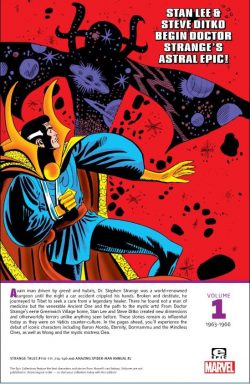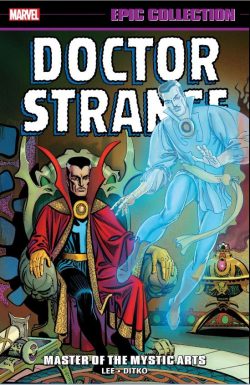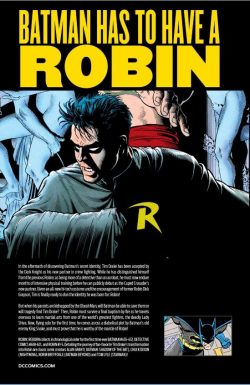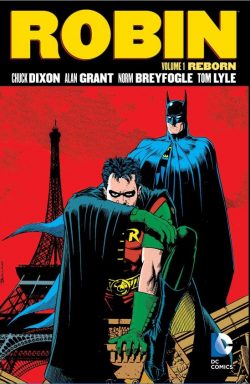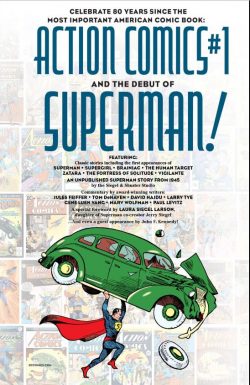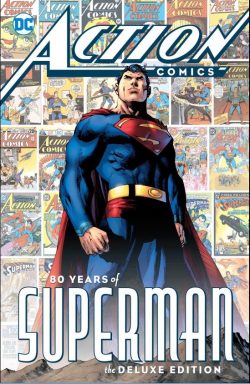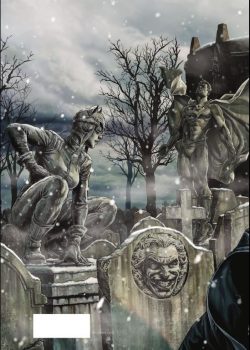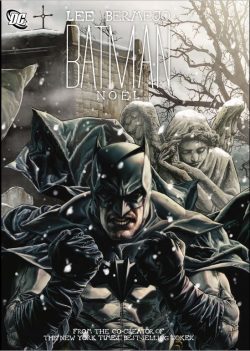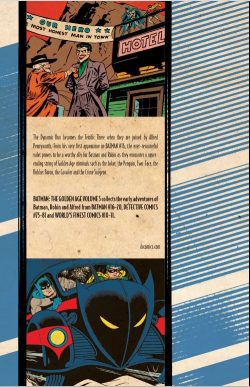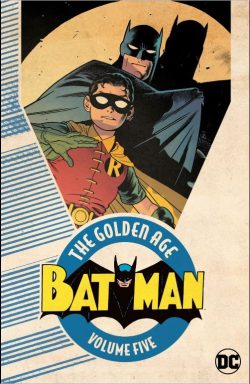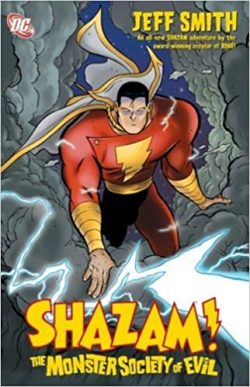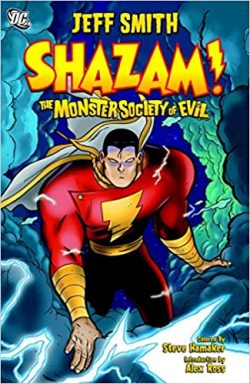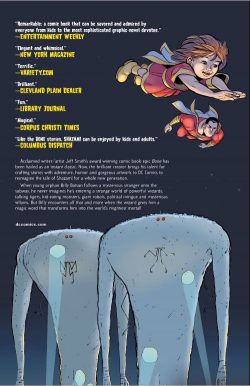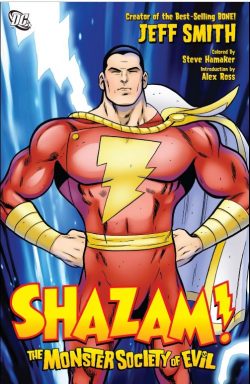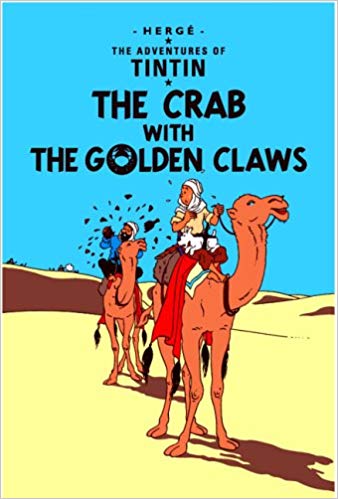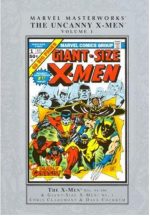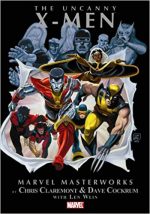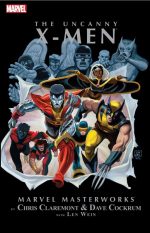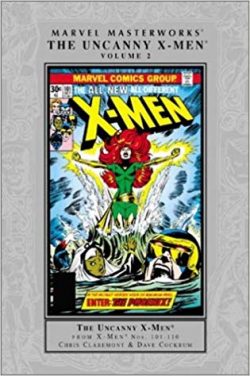
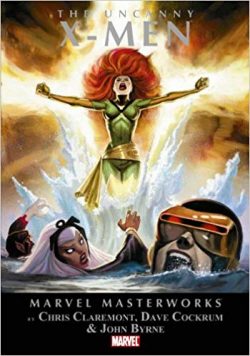
By Chris Claremont, Bill Mantlo, Dave Cockrum, John Byrne, Bob Brown, Tony DeZuñiga & various (Marvel)
ISBN: 978-0-7851-1193-1 (TPB) Â Â Â Â Â Â Â Â Â Â Â Â Â Â Â Â 978-0-7851-3704-7 (TMB)
In the autumn of 1963 The X-Men #1 introduced Scott (Cyclops) Summers, Bobby (Iceman) Drake, Warren (Angel) Worthington, Jean (Marvel Girl) Grey and Hank (The Beast) McCoy: very special students of Professor Charles Xavier.
The teacher was a wheelchair-bound telepath dedicated to brokering peace and integration between the masses of humanity and the emergent off-shoot race of mutants dubbed Homo Superior; considered by many who knew him as a living saint.
After nearly eight years of eccentrically spectacular adventures the mutant misfits virtually disappeared at the beginning of 1970 during another periodic downturn in superhero comics sales. Just like in the closing years of the 1940s, mystery men faded away as supernatural mysteries and traditional genre themes once more dominated the world’s entertainment fields…
Although their title returned at the end of the year as a cheap reprint vehicle, the missing mutants were reduced to guest-stars and bit-players throughout the ongoing Marvel universe, whilst the bludgeoning Beast was opportunistically transformed into a scary monster to cash in on the horror boom.
Then, with sales of the spooky stuff subsequently waning in 1975, Marvel Editor-in-Chief Roy Thomas green-lighted a bold one-shot as part of the company’s line of Giant-Size specials and history was made…
This second startling selection (available in luxurious hardcover, trade paperback and eBook editions) is perfect for newbies, neophytes and even old lags nervous about reading such splendid yarns on fragile but extremely valuable newsprint paper. It celebrates the unstoppable march to market dominance through the exuberant and pivotal early stories: specifically, issues #101-110 of the decidedly “All-New, All-Different†X-Men – spanning October 1976 to April 1978 and tracing the reinvigorated merry mutants from young, fresh and delightfully under-exposed innovations to the beginnings of their unstoppable ascendancy to ultimate comicbook icons, in their own title and through an increasingly broad clutch of guest shots…
As #101 unfolds, scripter Chris Claremont and illustrators Dave Cockrum & Frank Chiaramonte were on the on the verge of utterly overturning the accepted status quo of women in comics forever…
Led by field-leader Cyclops, the team now consisted of old acquaintance and former foe Sean “Banshee†Cassidy, Wolverine, and new creations Nightcrawler, Storm, Colossus and part-timer Jean Grey still labouring under the nom-de guerre Marvel Girl… but not for much longer…
‘Like a Phoenix from the Ashes’ sees a space-shuttle cataclysmically crash into Jamaica Bay. The X-Men – fresh from eradicating a space station full of mutant-hunting Sentinels – had safely travelled in a specially-shielded chamber but Jean had manually piloted the vehicle, unprotected through a lethal radiation storm…
As the mutants escape the slowly sinking craft, a fantastic explosion propels the impossibly alive pilot into the air, now-clad in a strange gold-&-green uniform screaming that she is “Fire and Life Incarnate… Phoenix!â€
Immediately collapsing, the critically injured girl is rushed to hospital and a grim wait begins.
Unable to explain her survival and too preoccupied to spare time for teaching, Xavier packs the newest recruits off to the Irish mutant’s home in County Mayo for a vacation, blissfully unaware that Cassidy Keep has been compromised and is now a deadly trap for his new students…
Within the ancestral pile, Sean’s mutant cousin Black Tom has usurped control of the manor and its incredible secrets before – at the behest of mysterious plotter Eric the Red – contriving an inescapable ambush, assisted by an old X-Men enemy.
‘Who Will Stop the Juggernaut?’ (Sam Grainger inks) sees the inexperienced heroes in over their heads and fighting for their lives, but still finds room to reveal the origins of Storm and provide an explanation for her crippling claustrophobia, before ‘The Fall of the Tower’ explosively ends the tale with mutant heroes and the Keep’s Leprechaun colony (no, really!) uniting to expel the murderous usurpers.
Although still bi-monthly at the time, the series kicked into confident top gear with ‘The Gentleman’s Name is Magneto’ as the weary warriors head for Scotland to check on Moira MacTaggert‘s island lab: a secret facility containing myriad mutant menaces the X-Men have previously defeated.
It’s a very bad move since the ever-active Eric has restored the dormant master of magnetism to full power…
The mutant terrorist had been turned into a baby – a strangely commonplace fate for villains in those faraway days – but he was all grown up again now but indulging in one last temper tantrum…
Freshly arrived from America, Moira (who had been acting as the team’s US housekeeper) and Cyclops are only just in time to lead a desperate, humiliating retreat from the triumphant Master of Magnetism. Scott doesn’t care: he realises the entire affair has been a feint to draw the mutant heroes away from Xavier and Jean…
He needn’t have worried. Although in ‘Phoenix Unleashed’ (inks by Bob Layton) Eric orchestrates an attack by Firelord – a cosmic flamethrower and former herald of Galactus much like the Silver Surfer – Jean is now fully-evolved into a being of unimaginable power who readily holds the fiery marauder at bay…
In the interim a long-standing mystery is solved as the visions which have haunted and tormented Xavier for months are revealed as a psychic connection with a runaway warrior-princess from a distant alien empire.
Lilandra of the Shi’ar had rebelled against her imperial brother and, whilst fleeing, somehow telepathically locked onto her trans-galactic soul-mate Charles Xavier. As she made her circuitous way to Earth, embedded Shi’ar spy Shakari had assumed the role of Eric the Red and attempted to remove Lilandra’s potential champion before she even arrived…
During the blistering battle which follows the X-Men’s dramatic arrival, Shakari snatches up Lilandra and drags her through a stargate to their home galaxy, before, with the entire universe imperilled, Xavier urges his team to follow.
All Jean has to do is re-open a wormhole to the other side of creation…
A minor digression follows as overstretched artist Cockrum gains a breather via a fill-in “untold†tale of the new team featuring an attack by psychic clones of the original X-men. ‘Dark Shroud of the Past’ is a competent pause by Bill Mantlo, Bob Brown & Tom Sutton, set inside a framing sequence from Cockrum.
The regular story resumes in a knowing homage to Star Trek as ‘Where No X-Man Has Gone Before!’ (Claremont, Cockrum & Dan Green) sees the heroes stranded in another galaxy where they meet and are beaten by the Shi’ar Imperial Guard (an in-joke version of DC’s Legion of Super Heroes in the inimitable Cockrum manner). The odds change radically when bold interstellar rebel freebooters the Starjammers bombastically arrive to turn the tables once again whilst uncovering a mad scheme to unmake the fabric of space-time.
Lilandra’s brother Emperor D’Ken is a deranged maniac who wants to activate a cosmic artefact known alternatively as the M’Kraan Crystal and “the End of All that Is†in his quest for ultimate power. He’s also spent time on Earth in the past and played a major role in the life of one of the X-Men…
This tale (from issue #107) was Cockrum’s last for years. He would eventually return to replace the man who replaced him. John Byrne not only illustrated but also began co-plotting the X-tales and, as the team roster expanded, the series rose to even greater heights. It would culminate in the landmark Dark Phoenix storyline which saw the death of arguably the book’s most beloved and imaginative character and the departure of the team’s heart and soul. The epic cosmic saga also seemed to fracture the epochal working relationship of Claremont and Byrne.
Within months of publication they went their separate ways: Claremont staying with the mutants whilst Byrne moved on to establish his own reputation as a writer on series such as Alpha Flight, Incredible Hulk and especially his revolutionised Fantastic Four…
Here though, the X-Men and Starjammers battle the Crystal’s astoundingly deadly automated guardians, as this final chapter depicts the newly puissant Phoenix literally saving all Reality in a mind-blowing display of power and skill.
Trapped inside a staggering other-realm, and appalled and enthralled by the intoxicating, addictive nature of her own might, Phoenix rewove the fabric of Reality and for an encore brought the heroes home again.
The conclusion of this ambitious extended saga was drawn by Byrne and inked by Terry Austin and their visual virtuosity was to become an industry bench-mark as the X-Men grew in popularity and complexity.
However, even though the bravura high-octane thrills of ‘Armageddon Now’ seem an unrepeatable high-point, Claremont & Byrne had only started. The best was still to come, as in X-Men #109’s ‘Home Are the Heroes!’ (Claremont, Byrne & Austin) Wolverine finally begins to develop a back-story and some depth of character after technological wonder Weapon Alpha attacks the recuperating team in an appallingly misjudged attempt to force the enigmatic Logan to rejoin the Canadian Secret Service.
Renamed Vindicator Alpha would later return leading Alpha Flight – a Canadian government sponsored super-team which would eventually graduate to their own eccentric high-profile series.
The drama concludes with X-Men #110 (April 1978) wherein Claremont, and illustrators Tony DeZuñiga & Cockrum, detail ‘The “Xâ€-Sanction!’: a rather limp and hasty fill-in with cyborg mercenary Warhawk infiltrating the Xavier mansion in search of “intel†for a mysterious, unspecified master… before getting his shiny silver head handed to him…
Entertaining, groundbreaking and incredibly intoxicating, these adventures are an invaluable and crucial grounding in contemporary fights ‘n’ tights fiction no fan or casual reader can be allowed to ignore.
© 1976, 1977, 1978, 2015 Marvel Characters, Inc. All rights reserved.

